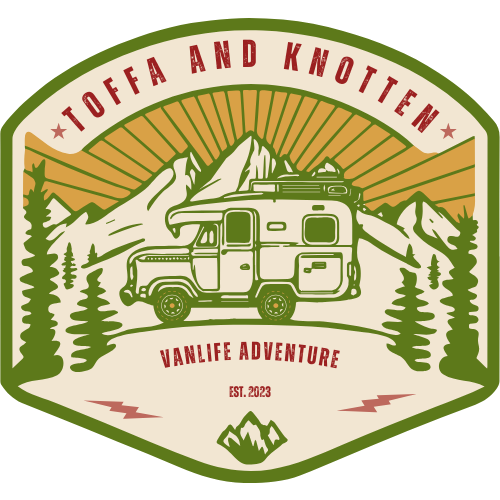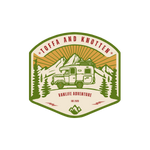File format
A friend asked me lately on what file formats I use in my workflow, so I thought I should give you some inside into what I use.
In Camera
In camera I shot exclusivly RAW-files or RAW with JPEG if I need easy access to view the files shortly after a shoot. Since JPEG can be view as similar to a digital version of the old Polaroid, I can’t see any reason to use this as my main file format for capture. Also the RAW-file holds more information when it comes to later post-prossessing of the file.
From Camera to Hard Drive
I import all NEF/RAW-files as DNG-files with the original RAW embedded into the DNG-file. The reason I use DNG is to be more platform indipendent when it comes to RAW-prossessing as ACR/Lightroom has no problem reading these files. Also another reason to use the DNG-format is that I can make way with the xml-sidecar file, as the meta and IPTC info will also get embedded into the DNG-file. This makes it easy to move and relocate the files without losing this information in the move-prossess.
I also import all RAW-files with a develope-preset in Lightroom to flatten out all default settings imposed by either Lightroom or ACR. This is a tip a I picked up from Michael Frye, and I felt it made sence. The videos bellow explain what I base my own startingpoint on. This is not meant as saying this is the only way to do things, but it’s my way, you can disregard this if you wish.
When it comes to masterfiles and prossessed-files I use TIFF and JPEG depending upon what the output source is. Masterfiles are always 16 bit TIFF-files with a Pro photo colour profile. This is to ensure the most platform indipendent fileformat and most preserved data. I save the masterfile with layers (not flatten). The layers are set as smart objects in PS. For printfiles I use 16 bit TIFF flatten files in Pro Photo colour profile. Again to squeeze as much data out of the image as possible. I also optimize these files for the printed output it will be transfered to.
For images that I post on the web as here in the blog, DeviantART or Facebook, I use 8 bit JPEG-files converted to sRGB colour profile, since the web leaves little to colour management. These files will also be downsized to a 800×600 format in 72 dpi. For files to Flickr and ARTFLAKES I have a personal preset turned into action in Photoshop, but I keep this personal.
English http://www.adobe.com/products/photoshop/extend.displayTab2.html
Norwegian http://www.adobe.com/no/products/photoshop/extend.displayTab2.html




